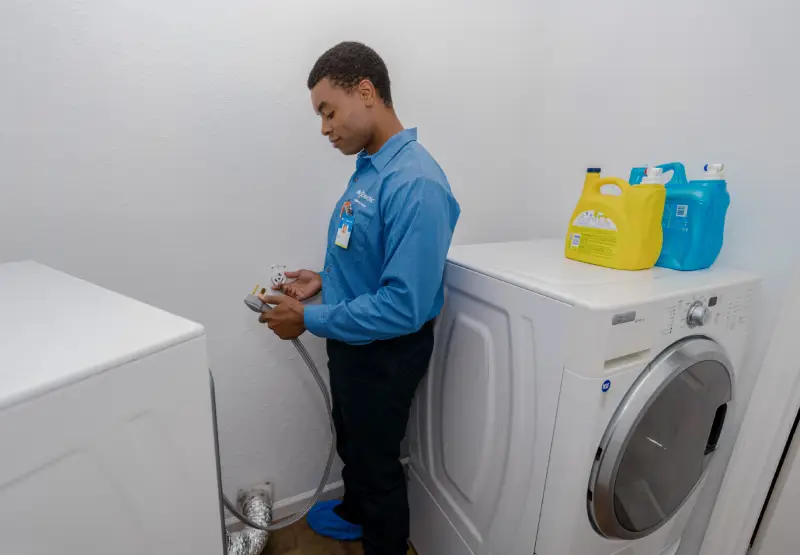
Mr. Electric explains which home appliances require dedicated circuits for safety and efficiency.
|
Breaker tripped? Lights dimming? You might be surprised at the number of appliances in your home that require dedicated circuits - a circuit breaker in your electrical box set aside for the sole purpose of supplying a single appliance with electricity. What type of appliances require dedicated circuits for safe operation?
All Major Appliances
Heavy-duty appliances typically require “double pole,” 30-50 amp circuit breaker protection to prevent appliances from drawing too much power and possibly resulting in fire.
Electric Ranges
The electric range sitting atop your oven and used to cook meals uses quite a bit of electricity, though the exact wattage will vary slightly based on brand and model. How much? That amount varies widely depending on the burners being utilized, on average around 1,500 watts per hour. The two smaller burners (heating elements) can use around 1,000 watts, while the two larger ones can use up to 3,000 watts depending on high, medium, or low settings. Using more than one burner simultaneously? Add together the averages for each burner used to determine total wattage. Feeling the strain? So is your circuit if it’s not dedicated.
Wall Ovens
Using your oven for baking pulls from 1,000 to 5,000 watts, depending on the temperature set, on average around 2400 watts on medium to high heat.
Dishwashers
Using a dishwasher to clean soiled kitchenware uses between 1,200 and 2,400 watts of power, 1,800 watts on average.
Refrigerators
Each separate refrigerator and/or freezer used to preserve food in your home requires its own dedicated circuit. Modern fridges are very efficient, using from 100-400 watts (180 on average), however older fridges from just the 1990s consume 50% more energy on average.
Freezers
Standalone iceboxes use between 100 and 400 watts of power, 200 watts on average. Unfortunately, like older refrigerators, older freezers are energy hogs, using over 100% more energy than newer Energy Star-rated models.
Washers
The clothes washer that keeps your laundry smelling fresh uses in the range of 400 to 1,300 watts depending on the age, style, and model. Modern Energy Star front-loading models use around 500 watts, with older, top-loading machines using more energy (and water).
Dryers
Using a clothes dryer to dry clothes after washing uses a great deal of energy. To produce heat and spin, dryers can suck up anywhere between 1,800-5,000 watts, around 3,000 on average.
Contact Mr. Electric
Major appliances causing you major trouble? Mr. Electric® can help. Contact us to schedule the installation of dedicated circuits for the safety of your home and family today.
